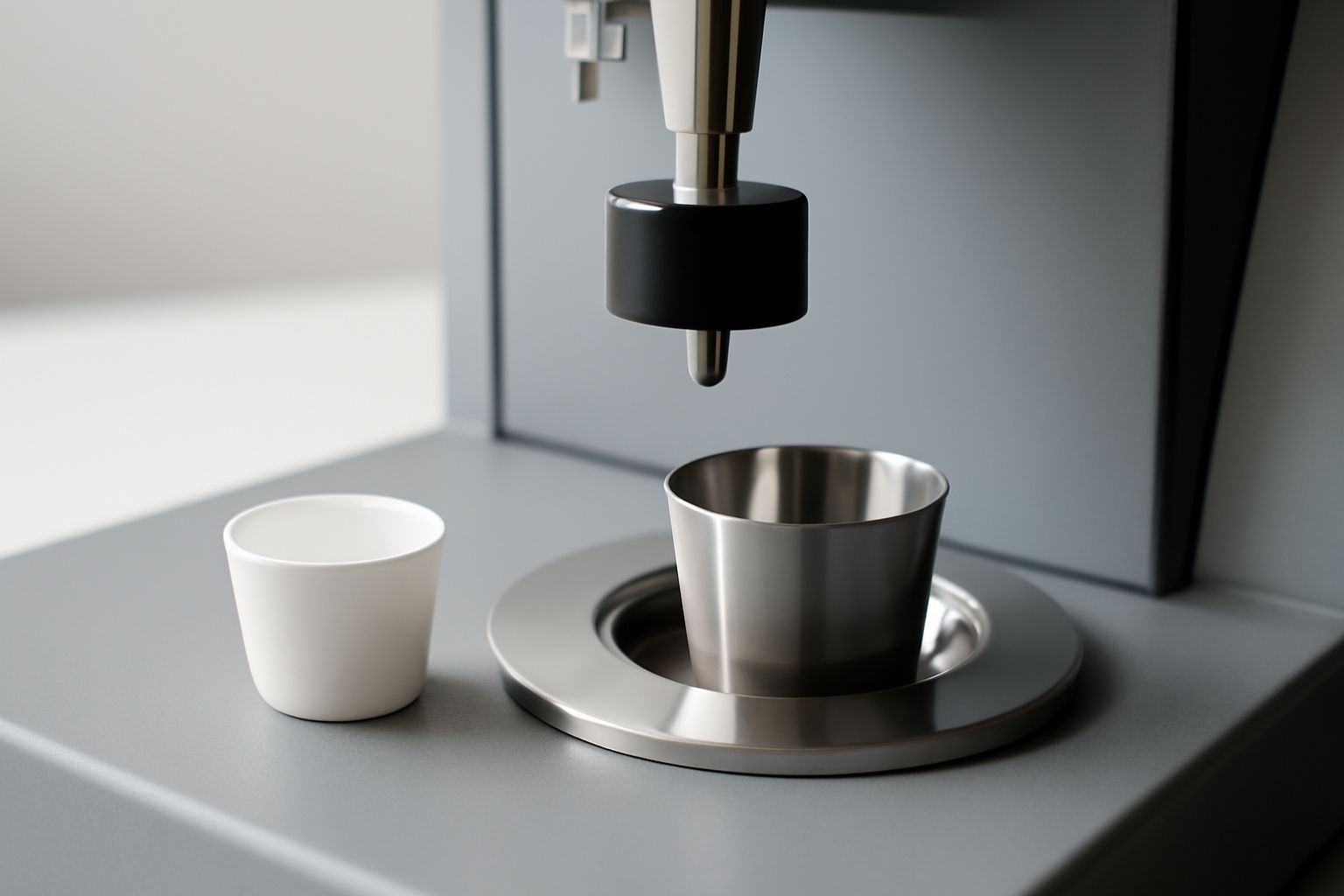Your cart is empty.
shop now
Your cart is empty.
shop now
Many labs worry about the high initial price of reusable crucibles. This leads them to keep buying disposables, missing the chance for bigger savings and sustainability in daily work.
The real cost-effectiveness of reusable crucibles comes from their durability, lower replacement rate, and reduced laboratory waste. Choosing them may cost more upfront, but it brings significant long-term economic and environmental benefits.

I have helped labs move from disposable to reusable crucibles. The results have always shown a clear reduction in ongoing costs and less strain on the lab budget. Below, I explain how to evaluate cost-effectiveness for real laboratory performance.
Many labs struggle to approve higher upfront costs for reusable crucibles. Budget managers fear delayed returns or added replacement expenses in the future.
Though more expensive at purchase, reusable crucibles last through dozens or hundreds of cycles, reducing how often new ones need buying and saving money over time.
| Item Type | Initial Unit Price | Avg. Use Cycles | Cost per Use | Data Source |
|---|---|---|---|---|
| Reusable Crucible | $60 (platinum), $10 (alumina) | 100+ | $0.60 (platinum), $0.10 (alumina) | Supplier quotes |
| Disposable Crucible | $2–$3 | 1 | $2–$3 | Lab purchasing |
Labs under tight budget pressure quickly see savings grow after switching. Fewer supply orders also mean less management time spent each month, and the per-sample cost drops with each reuse cycle.
Disposable crucibles drive up monthly spending and create a steady demand for new supplies. Many labs spend too much time managing orders and waste bins.
Reusable crucibles cut the volume of orders, reduce stockpile space, and lower trash costs. Even with some cleaning labor or materials, lab managers see more budget flexibility within one fiscal cycle.
| Factor | Disposable Crucibles | Reusable Crucibles | Strategic Advice |
|---|---|---|---|
| Annual supply cost | High, recurring | Low after year one | Invest savings in new tech |
| Waste disposal fee | Significant | Minimal | Improve lab sustainability |
| Inventory management | Frequent restocking | Easy to track | Simplify ordering workflow |
| Storage needs | Large | Small | Cut down on shelf space |
I track these costs through quarterly budget reviews. Reusable crucibles often help labs meet green benchmarks, which some clients value as much as the dollar saved per run.
Some labs hesitate to adopt reusable crucibles, thinking that cleaning or potential breakage will cancel out cost benefits. They want clear side-by-side evidence for decision-making.
Reusable crucibles, especially those made from alumina and platinum, provide consistent performance, less product loss, and stronger environmental compliance than most disposable types.
| Metric | Reusable Crucibles | Disposable Crucibles | Reference |
|---|---|---|---|
| Durability | Up to 100-500 uses | Single use | Thermal analysis data |
| Consistency of thermal results | Very high | Good, more variation per batch | Routine QA reports |
| Environmental impact | Low waste | Creates landfill volume | EPA tips |
| Cleaning needed | Yes, but simple | No, discard | Supplier guides |
| Net cost over 1 year | Lower | Higher | Lab purchasing |
I tell every lab to factor in not only price, but also labor hours, failed test re-runs, and compliance reporting when tallying real operational cost.
Labs need concrete ROI numbers to justify a move toward reusable crucibles. Unclear metrics can slow project adoption and delay budget approval from management.
ROI equals cost savings per year plus lower waste value, divided by the initial outlay. Real cases show that most labs recoup the upfront price within six months to one year of full usage.
| Example Lab | Annual Disposable Cost | Reusable Upfront Cost | Payback Period | ROI after 2 Years |
|---|---|---|---|---|
| Polymer R&D | $1,500 | $600 | 5 months | +140% |
| Pharma QA/QC | $2,400 | $1,000 | 6 months | +140% |
I review all ROI calculations at the end of fiscal years, using official records and supplier invoices. Consistent savings plus landfill reduction create broad support from both finance and sustainability teams.
Reusable crucibles require more initial budget, but their value grows with each use. Labs save money and resources while meeting sustainability targets and enjoying better cost control long term.
Contact technical support: info@redthermo.com